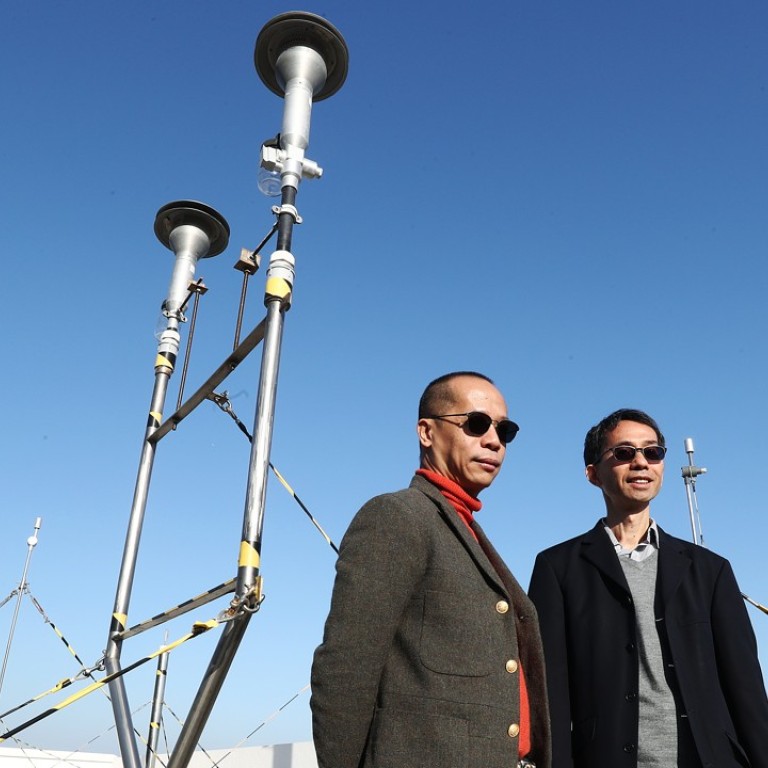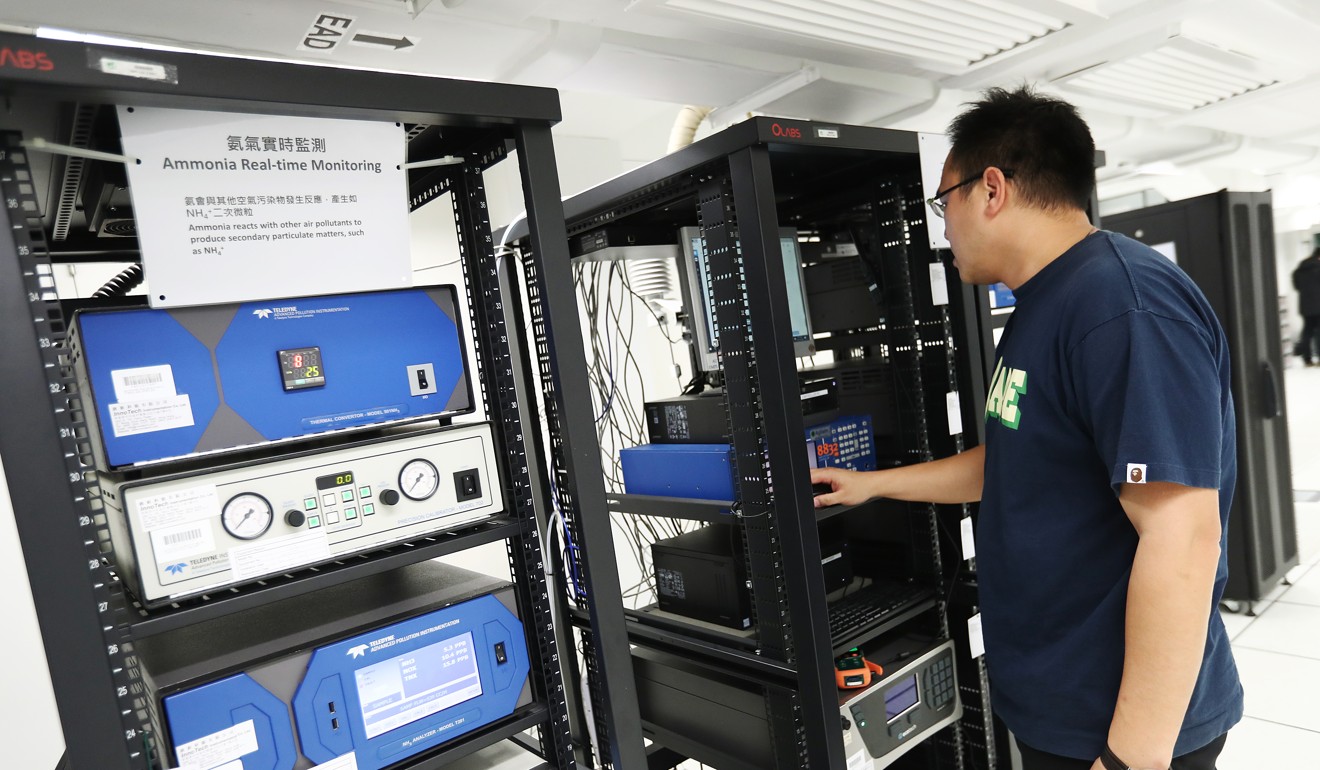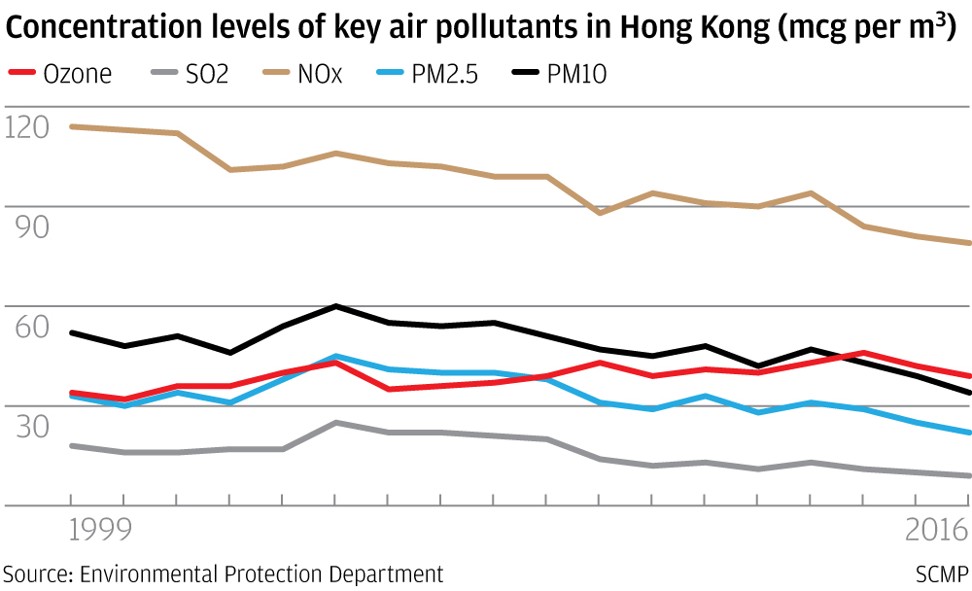
Hong Kong takes on ozone pollution with new air quality monitoring site
Station can also help track source of the pollutant, which can cause headaches, coughing and respiratory diseases
Hong Kong has stepped up efforts to tackle ozone pollution by setting up an advanced air quality monitoring station to help uncover the source of the pollutants.
Ground-level ozone – which is different from the ozone in the upper atmosphere blocking the sun’s harmful ultraviolet radiation – increases the rate of respiratory illness, breathing problems and reduced lung function. Inhaling low amounts of ozone can also lead to headaches, dry mouth and coughing.
Ozone is formed through complex chemical reactions between sunlight, volatile organic compounds (VOCs) and nitrogen oxides, which originate from trees, vehicles and factories. But researchers currently do not have sufficient quantitative data to determine the type and location of the sources, said Yu Jianzhen, a chemistry and environment professor at Hong Kong University of Science and Technology.
“Monitoring and gathering data is just the first step to find out the origin of the problem,” she said.

The advanced air quality monitoring station located at Cape D’Aguilar, at the southeastern corner of Hong Kong Island, can track real-time changes in VOCs and PM1, particles with a diameter of less than 1 micron, among other pollutants that are not monitored at the city’s 16 existing stations, according to the Environmental Protection Department.
The station will shed light on previously unknown details about the source and transmission of ozone with new data, which is the first step in solving the problem, experts said.
“Ozone pollution is a very complicated secondary pollution problem,” said Dave Ho Tak-yin, assistant director at the EPD. “When we have better information and understanding, we can take more practical measures to reduce ozone.”
Ozone was the top air pollutant in the neighbouring Pearl River Delta in the first five months of 2017, according to the China National Environmental Monitoring Centre. The ozone concentration in Hong Kong remained roughly unchanged over the past decade, while other pollutants like PM2.5 dropped 45 per cent, figures from the EPD show.
In 2016, the 16 monitoring stations across Hong Kong recorded an average of 43 days when the ozone level exceeded the daily eight-hour mean limit of 100 microgrammes per cubic metre recommended by the World Health Organisation, figures from the EPD show. Ozone levels above the limit can cause damaging health effects, according to the WHO.
The new station can help researchers understand whether the pollutants are coming from Hong Kong, mainland China, or elsewhere by contrasting the data with information gathered from downtown and northern areas, according to Alfred Yu Lap-chi, a senior officer at the EPD. The department is sharing data with monitoring sites in Guangdong province.
But Winnie Tse Wing-lam, a campaign officer at advocacy group Clean Air Network, said the Hong Kong government should not shirk its duty to reduce vehicle emissions and traffic congestion, which are crucial contributors to ozone and nitrogen dioxide pollution.
Tse said the ozone level in the Pearl River Delta had dropped 13 per cent in the past five years, but little had changed in Hong Kong, proving that some of the pollution was generated locally, rather than coming entirely from mainland.



